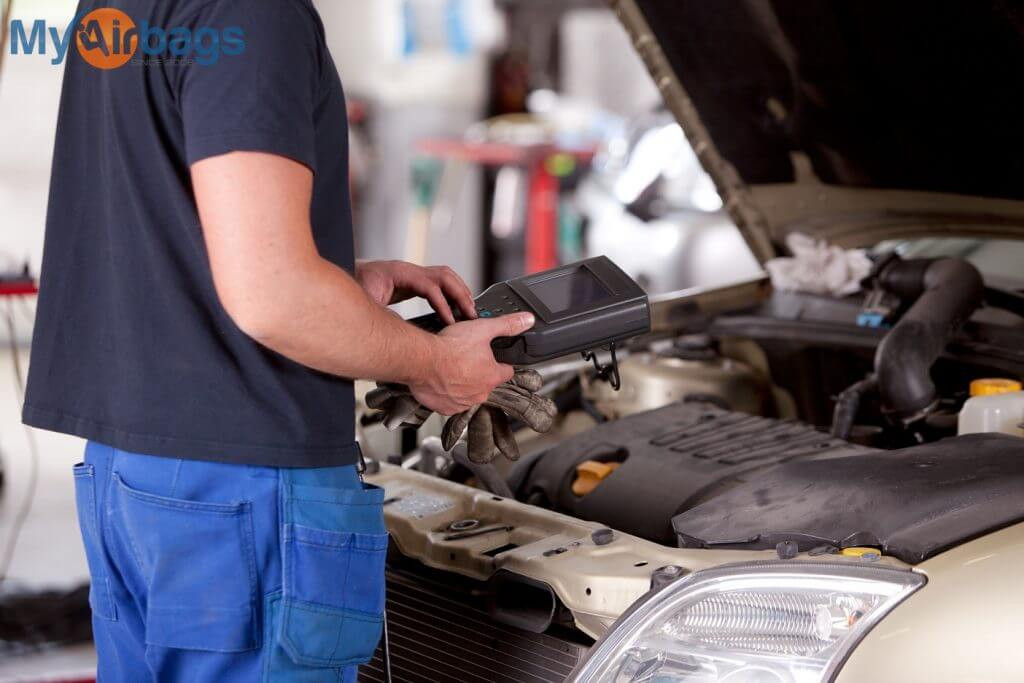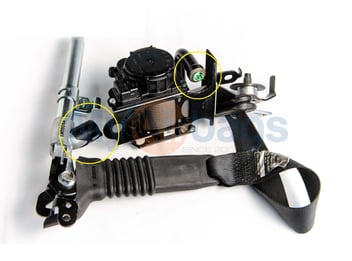
When a vehicle is in your shop for a broken windshield or a disconnected battery, ensuring that it goes through a pre- and post-repair scan is crucial. In fact, it is now mandatory for body shops to include this scanning as a fundamental step in a vehicle repair process. This is due to the fact that vehicles are far more technologically advanced than they used to be, with many new cars having anywhere from 40 to 100 electronic control modules. These electronic modules store, monitor, and communicate data that requires scanning when the vehicle is in need of any repair. There are many problems that can occur before or during repairs that could trigger Diagnostic Trouble Codes (DTCs). Without proper scanning, the vehicle could malfunction and perform improperly when being operated. While collisions and other major mechanical problems are the most likely causes of DTCs, voltage loss, battery disconnects, interior trim repair or removal, glass replacement, and significant vehicle disassembly can also trigger codes. Because of the number of conditions that could result in triggered DTCs, it is important to include scanning in any repairs you do in order to ensure that the vehicle functions properly. According to the
OEM position statements, all vehicles involved in a collision must have both a pre-repair and post-repair scan so your body shop is aware of potential coding trouble, regardless of whether or not any warning light turned on. If you are a body shop repairer, you may be wondering how to effectively go about this necessary scanning process.

 myairbags.com
myairbags.com 888-779-9029
888-779-9029